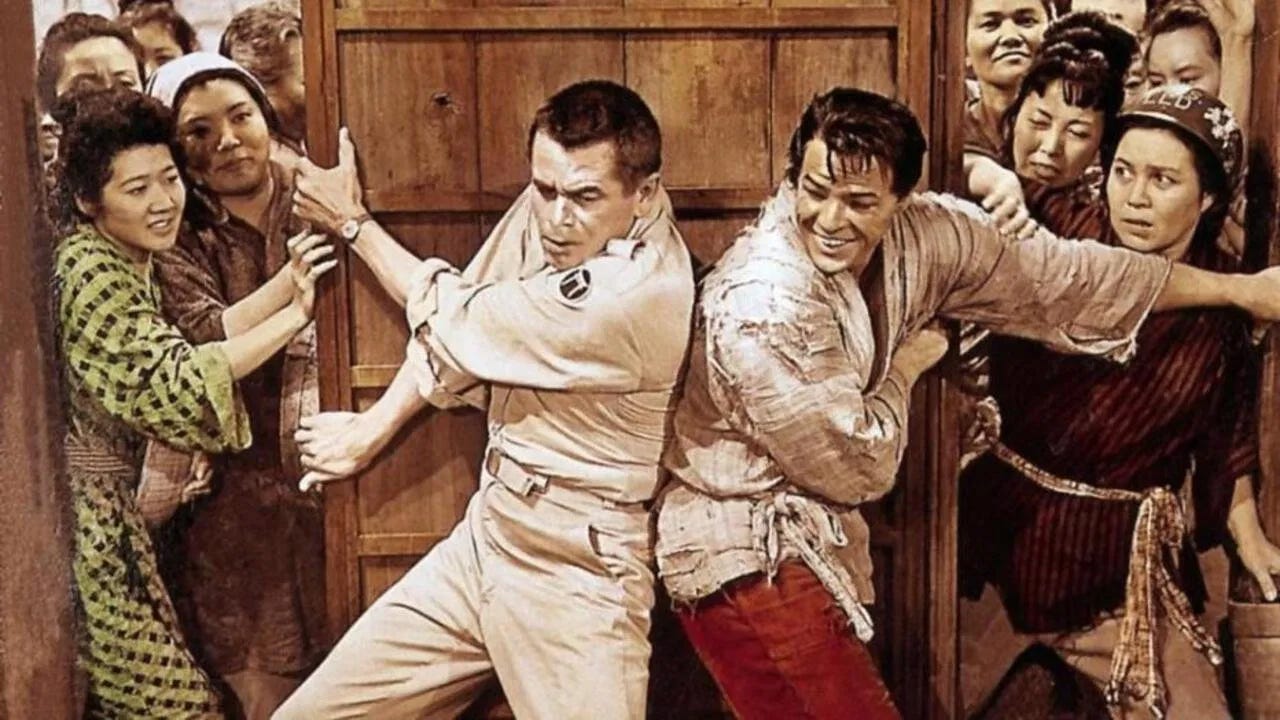Teahouse of the August Moon
1956
Great movies can come from the most unexpected places. Take Teahouse of the August Moon, a 1956 film adaptation of the 1953 Pulitzer Prize-winning comedic play of the same name in which Marlon Brando plays a Japanese man during the American occupation of Okinawa. Red flags immediately soar. I wouldn’t have watched it (I saw Brando play Mexican in Viva Z…
Keep reading with a 7-day free trial
Subscribe to B. A. D. Reviews to keep reading this post and get 7 days of free access to the full post archives.



